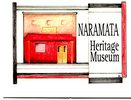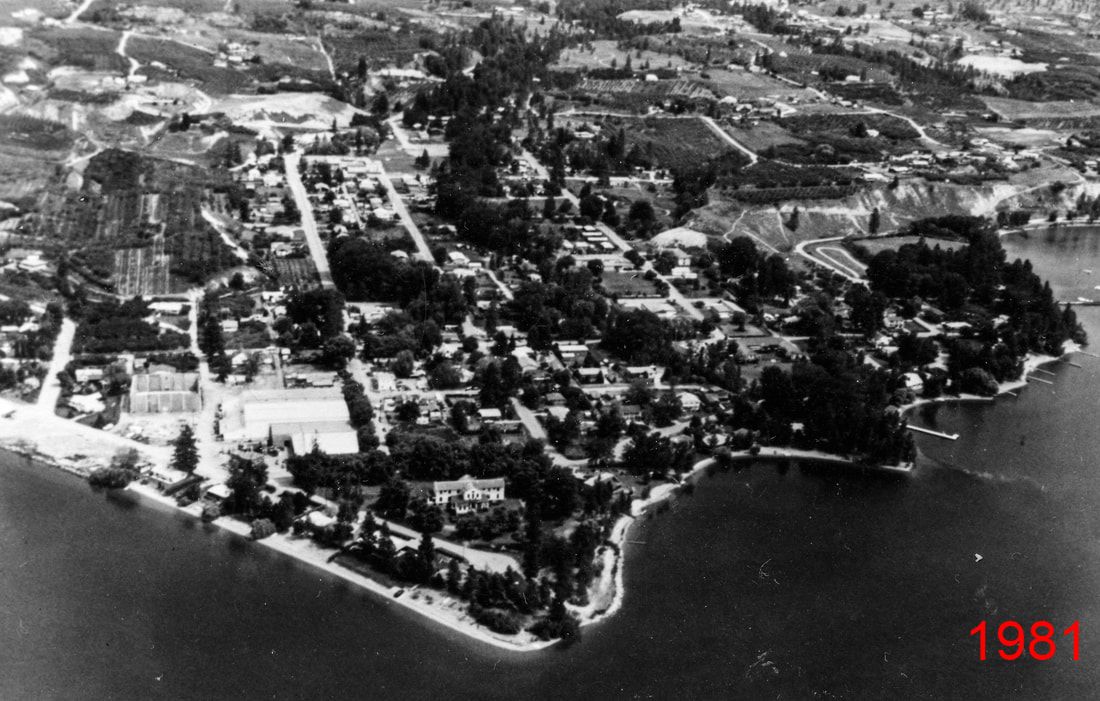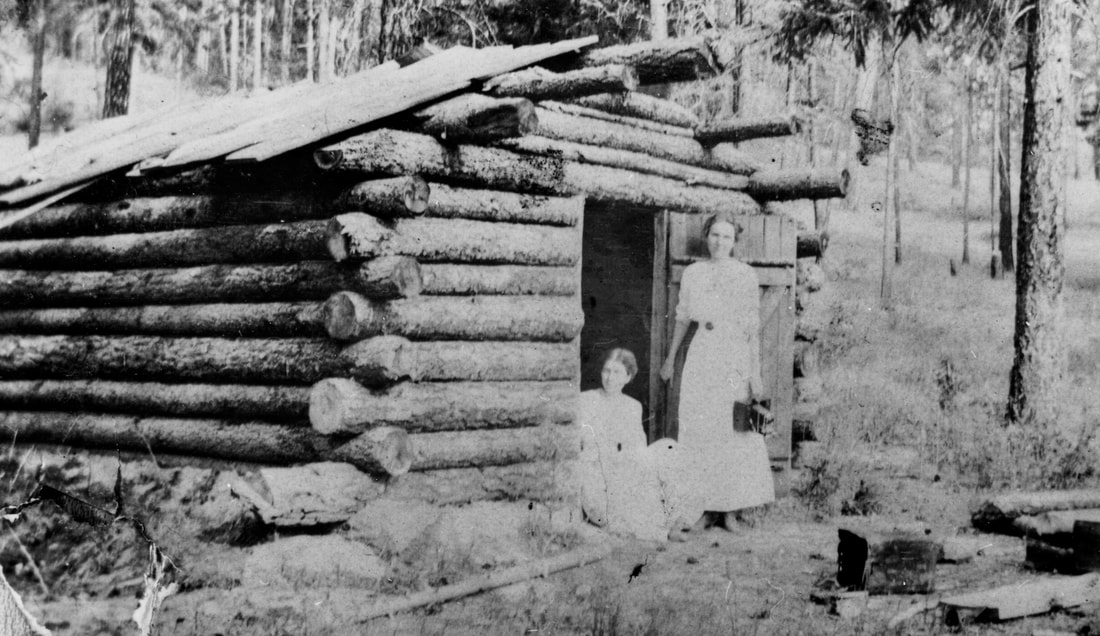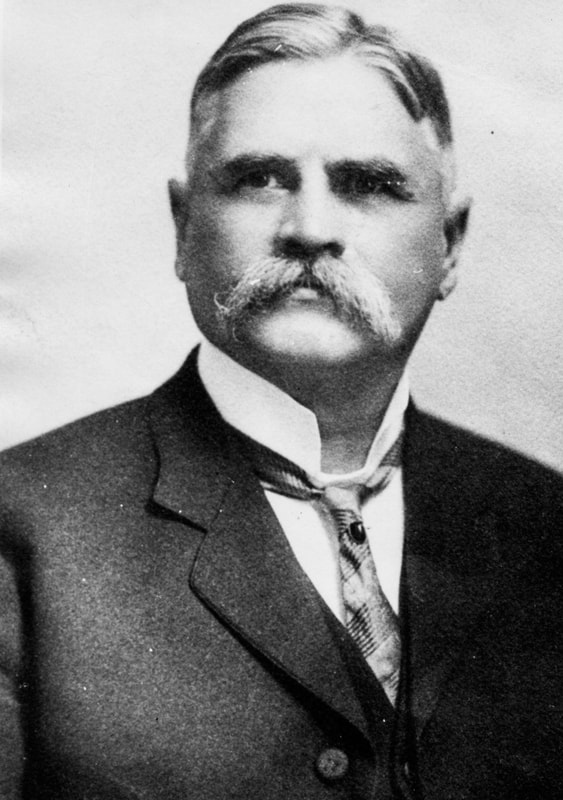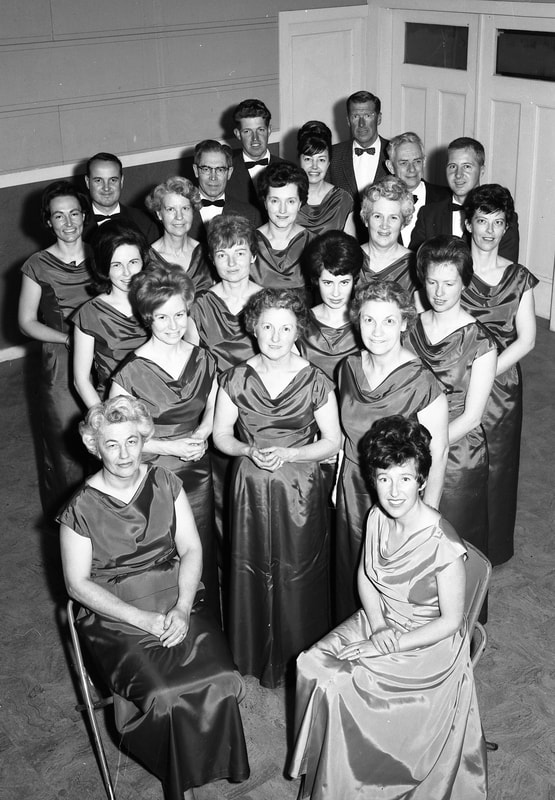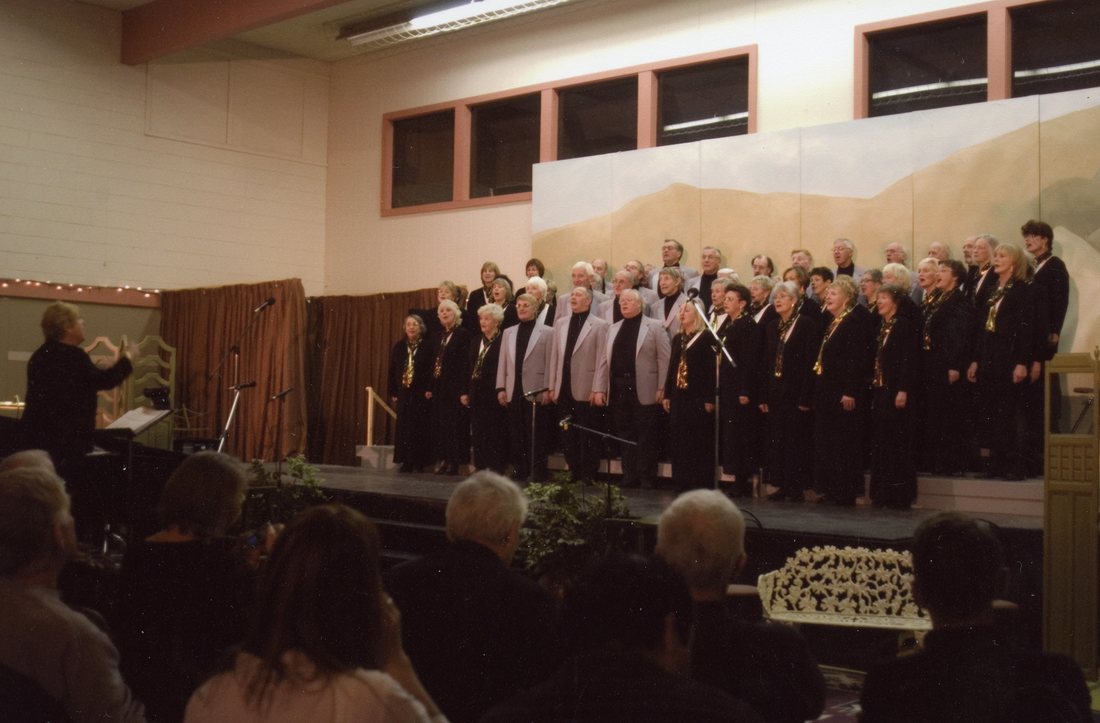COMMUNITY
Other than pictographs, scant evidence remains at Naramata of the pre-contact culture and none of it rests at the museum. The Syilx people referred to the area as Citxus Peqelkyn 'The House of the Bald Eagle.' (Indigenous History Video)
Fur-traders used the existing network of trails to move trade goods between the posts of the Hudson's Bay Company. Part of a wagon that was used on the Brigade Trails along the Similkameen River is on display at the Naramata Museum.
The land was then used in the late 1800s by beef baron, Tom Ellis, to graze portions of his vast herd which numbered in the tens of thousands. Cattle grazed around what was then called Nine Mile Point until the land was sold to the Summerland (later, Okanagan) Trust Company headed by developer John Moore Robinson.
Mr Robinson had previously developed land for 'fruit ranching' at Peachland and later, Summerland. As that village grew, he was elected their first Mayor. When he turned his eye across the lake, he was convinced that the growing conditions on the east shore were optimal and the land was underutilized as rangeland. He persuaded Tom Ellis to sell a portion and, in 1907, the Company began to attract farmers to what 'JM' hoped would be a cultured enclave at Nine Mile. Probably best exemplified by the artistic Carroll Aikins, such 'gentlemen farmers' were lured to the Okanagan. But farming is tough in any epoch and fruit-growers in Naramata had to overcome many obstacles along the way, not least of which was having to live in a tent house for the first years while the development work of the orchard was undertaken.
It was in such a tent house that, in 1907, the spiritualist Mrs. Anna Gillespie, held a séance one evening and channeled the spirit of a Sioux Chief. The spirit spoke to the medium of his beautiful wife named 'Nah-rah-mah-tah'. Robinson later wrote that he was so struck by the elegant name that he felt compelled to apply it to the village. The 'chief' also told Mrs. Gillespie that Naramata meant 'Smile of Manitou'. (Manitou is the Algonquin name for the Supreme Being who created the earth and after which Manitoba is named). Today, there is a park in Naramata named Manitou Park.
Let us hope that Mrs. Gillespie's bond with the spirits lives on that we can all be watched over and bask in the 'Smile of Manitou' (from the book Smile of Manitou by Don Salting).
Another story about the origins of the name Naramata suggests that it may have as its genesis an indigenous Australian connection. Apparently, Mrs. Gillespie had travelled there. When the possibility that the name might be Australian was later followed up, it was reported that the sounds 'nara' and 'mata' were meaningful in certain Australian dialects. Either way, Anna Gillespie features prominently and to her go our thanks for endowing the House of the Bald Eagle with its present name.
Fur-traders used the existing network of trails to move trade goods between the posts of the Hudson's Bay Company. Part of a wagon that was used on the Brigade Trails along the Similkameen River is on display at the Naramata Museum.
The land was then used in the late 1800s by beef baron, Tom Ellis, to graze portions of his vast herd which numbered in the tens of thousands. Cattle grazed around what was then called Nine Mile Point until the land was sold to the Summerland (later, Okanagan) Trust Company headed by developer John Moore Robinson.
Mr Robinson had previously developed land for 'fruit ranching' at Peachland and later, Summerland. As that village grew, he was elected their first Mayor. When he turned his eye across the lake, he was convinced that the growing conditions on the east shore were optimal and the land was underutilized as rangeland. He persuaded Tom Ellis to sell a portion and, in 1907, the Company began to attract farmers to what 'JM' hoped would be a cultured enclave at Nine Mile. Probably best exemplified by the artistic Carroll Aikins, such 'gentlemen farmers' were lured to the Okanagan. But farming is tough in any epoch and fruit-growers in Naramata had to overcome many obstacles along the way, not least of which was having to live in a tent house for the first years while the development work of the orchard was undertaken.
It was in such a tent house that, in 1907, the spiritualist Mrs. Anna Gillespie, held a séance one evening and channeled the spirit of a Sioux Chief. The spirit spoke to the medium of his beautiful wife named 'Nah-rah-mah-tah'. Robinson later wrote that he was so struck by the elegant name that he felt compelled to apply it to the village. The 'chief' also told Mrs. Gillespie that Naramata meant 'Smile of Manitou'. (Manitou is the Algonquin name for the Supreme Being who created the earth and after which Manitoba is named). Today, there is a park in Naramata named Manitou Park.
Let us hope that Mrs. Gillespie's bond with the spirits lives on that we can all be watched over and bask in the 'Smile of Manitou' (from the book Smile of Manitou by Don Salting).
Another story about the origins of the name Naramata suggests that it may have as its genesis an indigenous Australian connection. Apparently, Mrs. Gillespie had travelled there. When the possibility that the name might be Australian was later followed up, it was reported that the sounds 'nara' and 'mata' were meaningful in certain Australian dialects. Either way, Anna Gillespie features prominently and to her go our thanks for endowing the House of the Bald Eagle with its present name.
Mrs Anna Gillespie
Early Photos of Naramata
|
Elements of our Community
